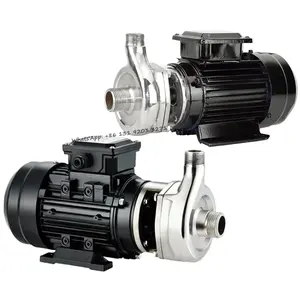Popular in your industry
























































Related Searches:

































































































































Top categories
About static balancing valve
Understanding Static Balancing Valves
Static balancing valves are essential components in the management of fluid dynamics within piping systems. These valves play a crucial role in maintaining the correct flow rate and pressure, ensuring that systems operate efficiently and effectively. This introduction delves into the intricacies of static balancing valves, their types, applications, and the materials used in their construction.
Types and Applications
The variety of static balancing valves includes options tailored for specific applications, ranging from residential plumbing to complex industrial systems. Each type is designed to address particular flow control requirements, whether it's for simple water regulation in irrigation or precision control in process industries. The application of these valves extends to systems requiring consistent flow and pressure, such as HVAC units, where balance is key to system performance.
Features and Materials
Static balancing valves are characterized by their robust construction and precision engineering. Common materials used in their manufacture include brass, stainless steel, and ductile iron, each selected for its durability and suitability for different fluid types and operating environments. Features such as ease of installation and maintenance, resistance to corrosion, and long service life are inherent in the design of these valves, making them a reliable choice for fluid control.
Advantages of Static Balancing Valves
The advantages of incorporating static balancing valves into a system are manifold. They ensure optimal performance by maintaining the desired flow rate, thus conserving energy and reducing operational costs. Additionally, they contribute to the longevity of the system by mitigating the risks of water hammer and other pressure-related issues. Their precise control capabilities also enhance the overall safety and hygiene of water supply in both commercial and residential settings.
Selection Considerations
When selecting a static balancing valve, it is important to consider factors such as the valve's size, compatibility with the existing piping system, and the specific requirements of the application. It is also crucial to evaluate the fluid characteristics, operating temperature, and pressure conditions to ensure the chosen valve will perform as needed.
Conclusion
In conclusion, static balancing valves are a pivotal element in the control and management of fluid systems. Their selection should be approached with a comprehensive understanding of the system requirements to ensure peak performance and durability. While Alibaba.com does not endorse specific products, the platform offers a diverse array of options to cater to the varied needs of business buyers in search of reliable fluid control solutions.







































